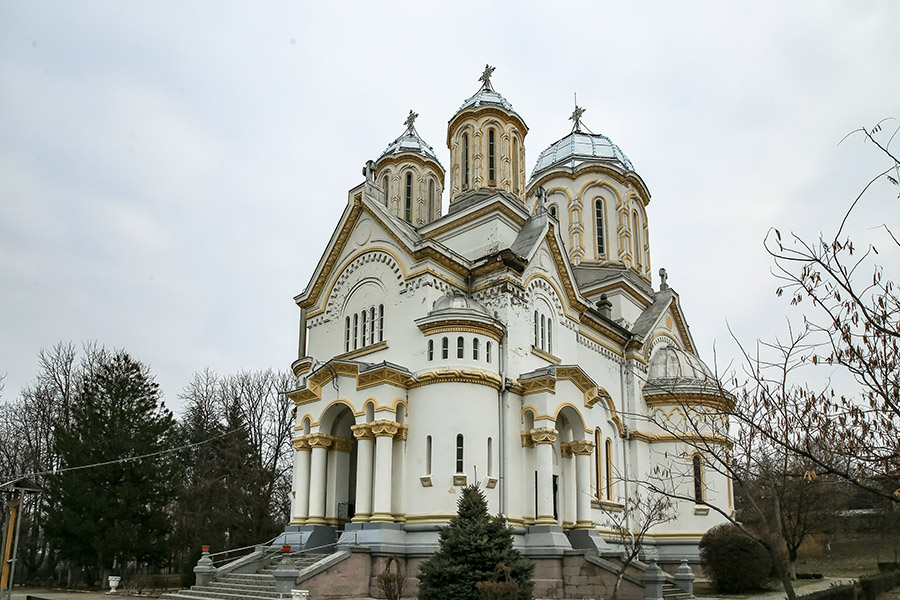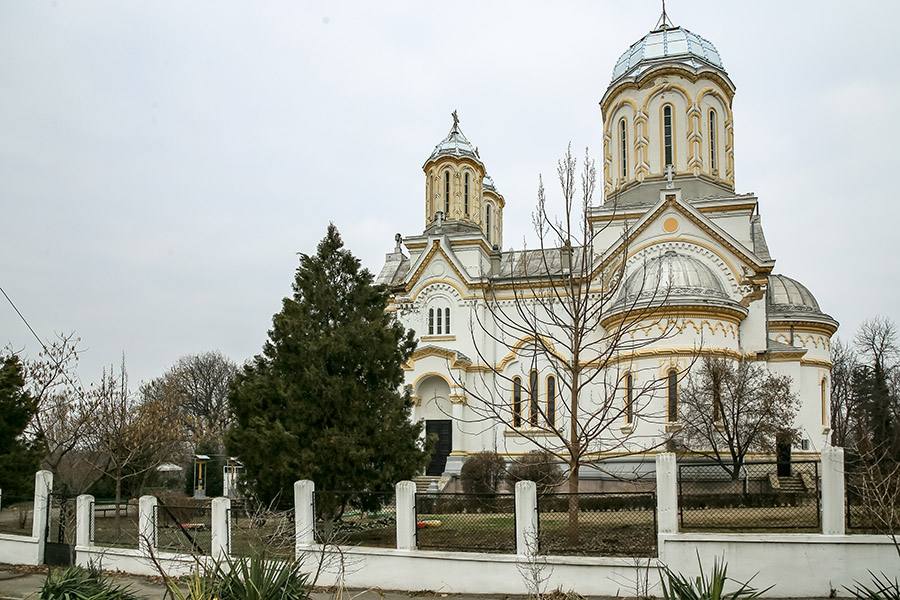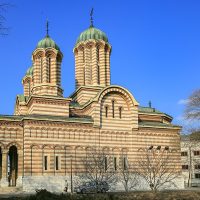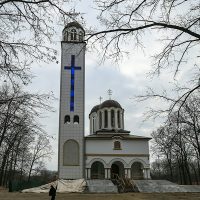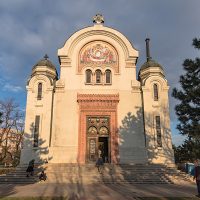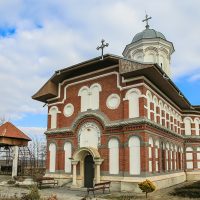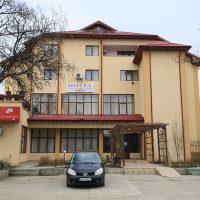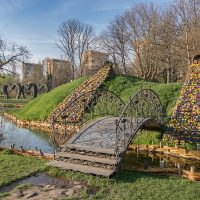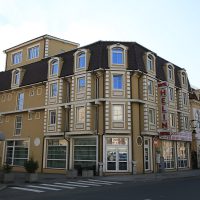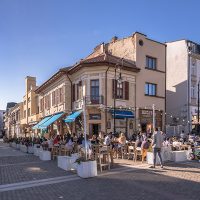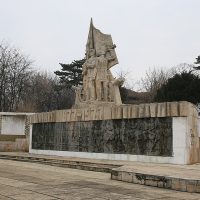








The church was built between 1730-1740, in the form of an underground hut, popularly called “Slum on the hill”. The place of worship was originally intended for sailors who came to pray to Saint Hierarch Nicholas. By 1830, the new church was consecrated in the presence of the Lord of the Romanian Country, Alexandru Ghica, and of the Serbian prince, Milos Obrenovici. According to other sources, the place of worship was erected between 1853-1856. In 1861, the church underwent extension work. It was visited several times by King Carol I, especially during the war of 1877, after which it became known as the Cathedral of Independence. Demolished at the turn of the nineteenth and twentieth centuries, the church was rebuilt in brick, in its current form, between 1899 and 1906 (sanctified in 1910). It was completely repaired during 1933. It was affected by the bombings of World War II and the earthquake of March 4, 1977. The painting was executed in 1909-1910, in mixed technique. ÎIn 1991, the restoration of the painting was completed, and in 2001 took place the re-consecrationofthe settlement. Other renovation work was carried out between 2002-2005 and 2009-2011.
Download PDF